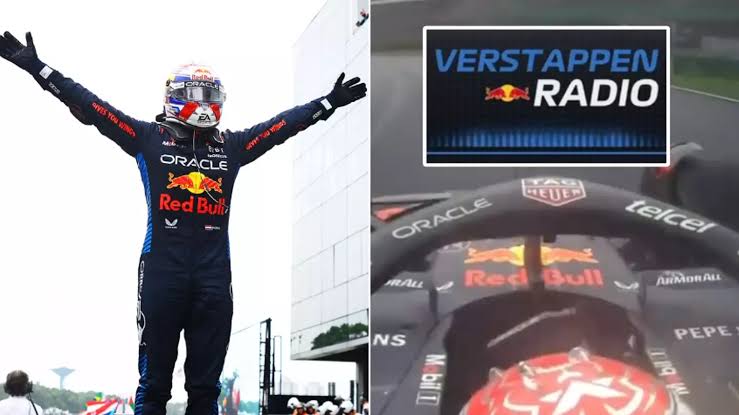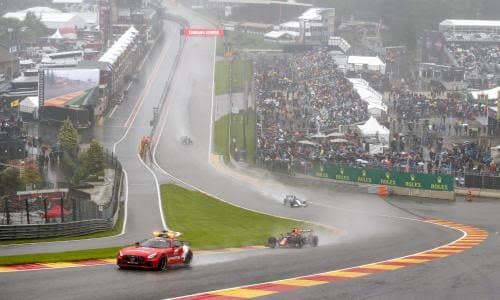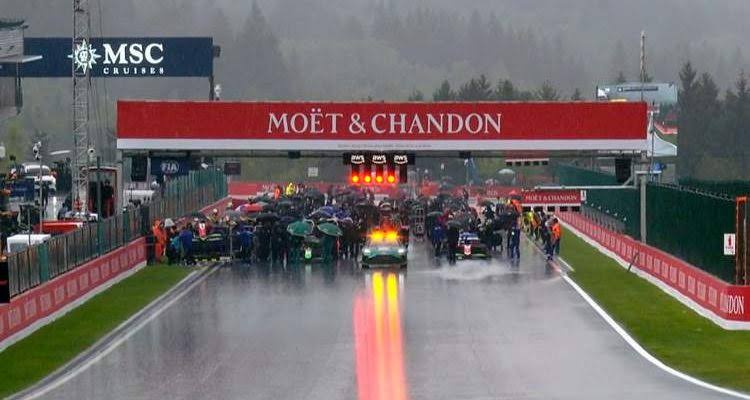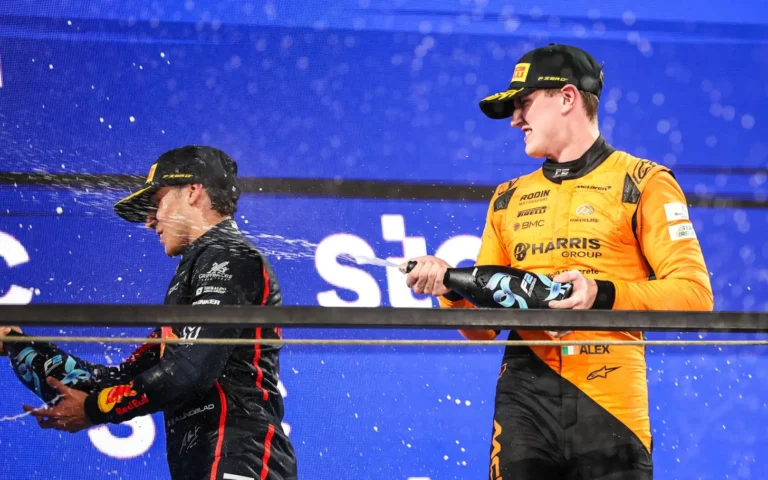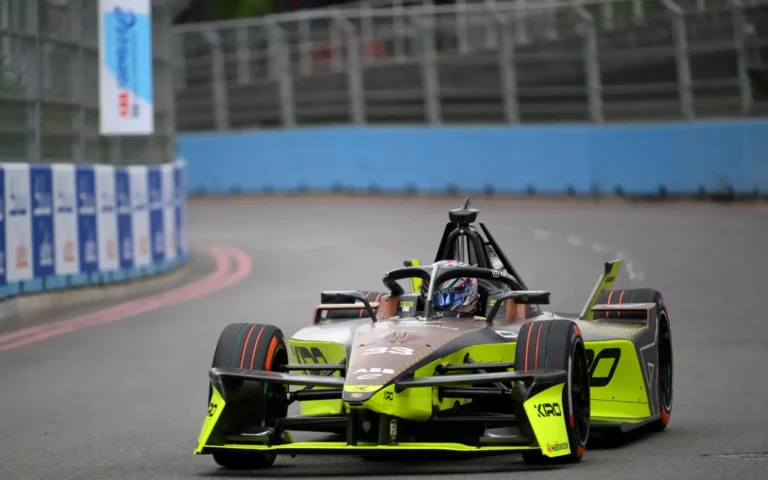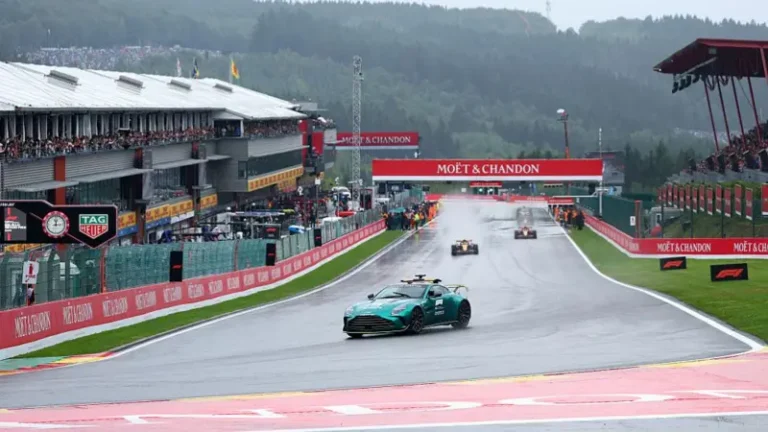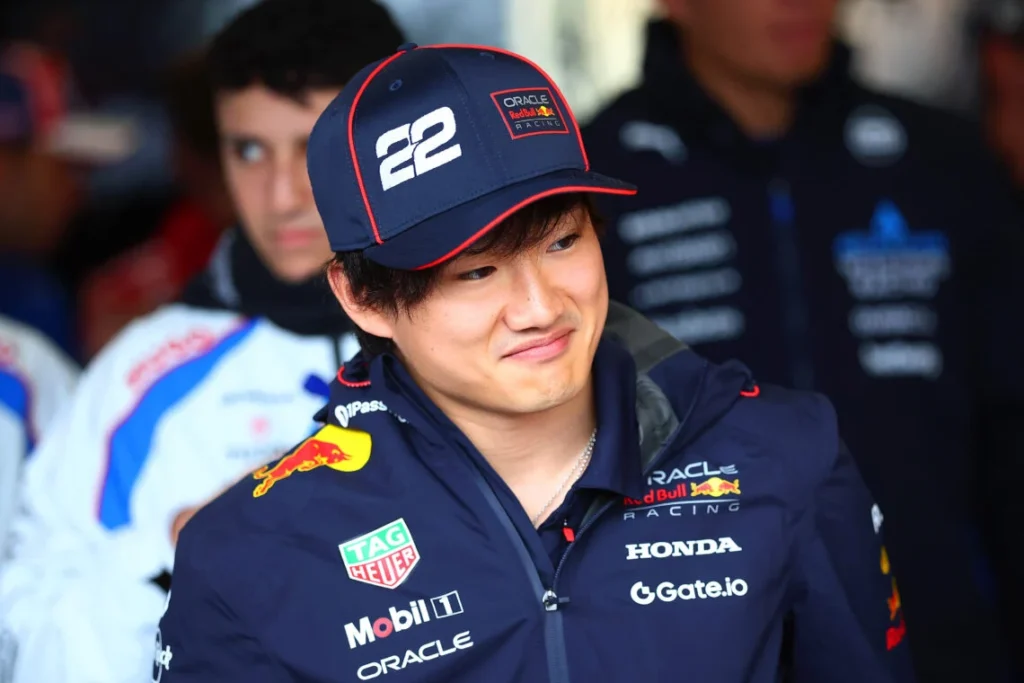
The 2025 Formula 1 calendar has showcased an intense sequence of Grands Prix, commencing with the Australian Grand Prix in mid-March and spanning iconic circuits such as Monaco, Silverstone, and Monza. As the season progresses into its second half, attention now shifts to Spa-Francorchamps for the Belgian Grand Prix, where pivotal narratives are set to unfold. The campaign has been dominated by McLaren’s supremacy, as reflected in the Constructors’ Championship standings, with the Woking-based team amassing a commanding 460 points, leaving Ferrari and Mercedes trailing significantly. Meanwhile, the Drivers’ Championship sees Oscar Piastri and Lando Norris leading the charge, overshadowing Max Verstappen, who sits third after an uncharacteristically challenging first half of the season.
This turbulence within Red Bull has been magnified by the departure of long-time team principal Christian Horner, a seismic event that marked a shift in the team’s leadership dynamics. Laurent Mekies has stepped in as Horner’s successor, but the transition coincides with a worrying decline in performance. Red Bull currently languishes in fourth position, nearly 300 points adrift of McLaren, while Verstappen’s quest for a fifth consecutive world title appears increasingly unattainable. With nine podiums and two victories thus far, the Dutchman remains formidable, yet the deficit to Piastri underscores how the balance of power has shifted in 2025.
Amid these headline narratives, Yuki Tsunoda’s trajectory has drawn quieter yet significant attention. Promoted from Racing Bulls earlier this season, Tsunoda’s integration into the senior Red Bull squad has been fraught with challenges. His statistics paint a stark picture: only 10 points accrued, a best finish of ninth, and no podium appearances, despite driving alongside one of the sport’s elite. Such performances have sparked speculation over his future, with pundits like Jacques Villeneuve questioning his longevity within the team. However, insiders reveal that Honda’s strategic leverage has secured Tsunoda’s seat for the remainder of 2025, effectively ruling out an in-season dismissal.
Intriguingly, sources suggest that Tsunoda has demonstrated renewed determination since Horner’s exit. Reports indicate that he spent the post-Silverstone interval in Majorca, focusing on rigorous physical conditioning and mental resilience rather than leisure. Furthermore, Red Bull engineers have confirmed forthcoming technical upgrades for Tsunoda’s car, including a revised front wing for Spa, which could bolster his competitiveness. Despite these efforts, his historical record at Spa offers scant encouragement: across four prior F1 appearances, he has scored only a solitary point, contrasting sharply with his earlier triumphs at the venue in junior formulas.
Looking ahead, Tsunoda faces a dual challenge: delivering consistent point finishes to justify Red Bull’s faith while navigating an uncertain long-term future, particularly as Honda transitions to Aston Martin in 2026. With contractual expirations looming and a competitive driver market featuring emerging talents like Liam Lawson and Andrea Kimi Antonelli, Tsunoda’s margin for error is perilously slim. As the Belgian Grand Prix approaches, the Japanese driver’s performance could prove decisive—not only for his standing within Red Bull but also for shaping his career trajectory beyond 2025. This narrative adds another layer of intrigue to a season already defined by seismic shifts, rising stars, and the relentless quest for supremacy in Formula 1.
